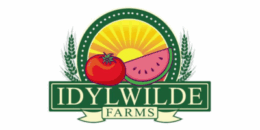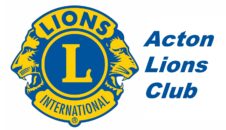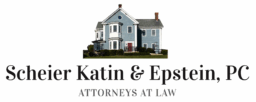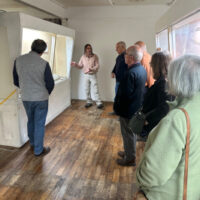On Thursday, May 11, forty-five people gathered at Acton Memorial Library for a presentation by local historian Daniel V. Boudillion on the history of the Nashobah Praying Indians. Boudillion recently published “The History of the Nashobah Praying Indians: Doings, Sufferings, Tragedy, and Triumph.” The event was sponsored by the Friends of Pine Hawk and the Acton Memorial Library.
In 1654, the Nashobah Indian Plantation was established, one of 16 “Praying Villages” in Massachusetts in colonial times. It included essentially all of modern Littleton. These Native American settlements were established by John Eliot, a Puritan minister from Roxbury, for Indians willing to adopt English customs, including Christianity. During King Philip’s War, the Praying Indians were rounded up and imprisoned on Deer Island; many of them did not survive the winter. Survivors were released in 1677, and a few returned to the area, including Sarah Doublet. The land was sold to English settlers, and by 1714, it was in the hands of the English as the Town of Nashoba, and then re-incorporated as the Town of Littleton in 1715. A 500-acre tract of land was set aside for the surviving Nashobah. The Littleton portion of this acreage is now known as the Sarah Doublet Forest. A narrow sliver of the original Nashoba Praying Village lies in Acton.

Boudillion presents the history of the Nashobah Praying Indians in the four chapters of his new book, including that of present day descendants of those who survived their imprisonment on Deer Island. The Friends of Pine Hawk and the Littleton Historical Society have organized several walks and lectures with both Boudillion and Strong Bear Medicine, a direct descendent of the Nashobah Praying Indians. Visit www.pinehawk.org and www.littletonhistoricalsociety.org to learn more and sign up for the mailing lists.















